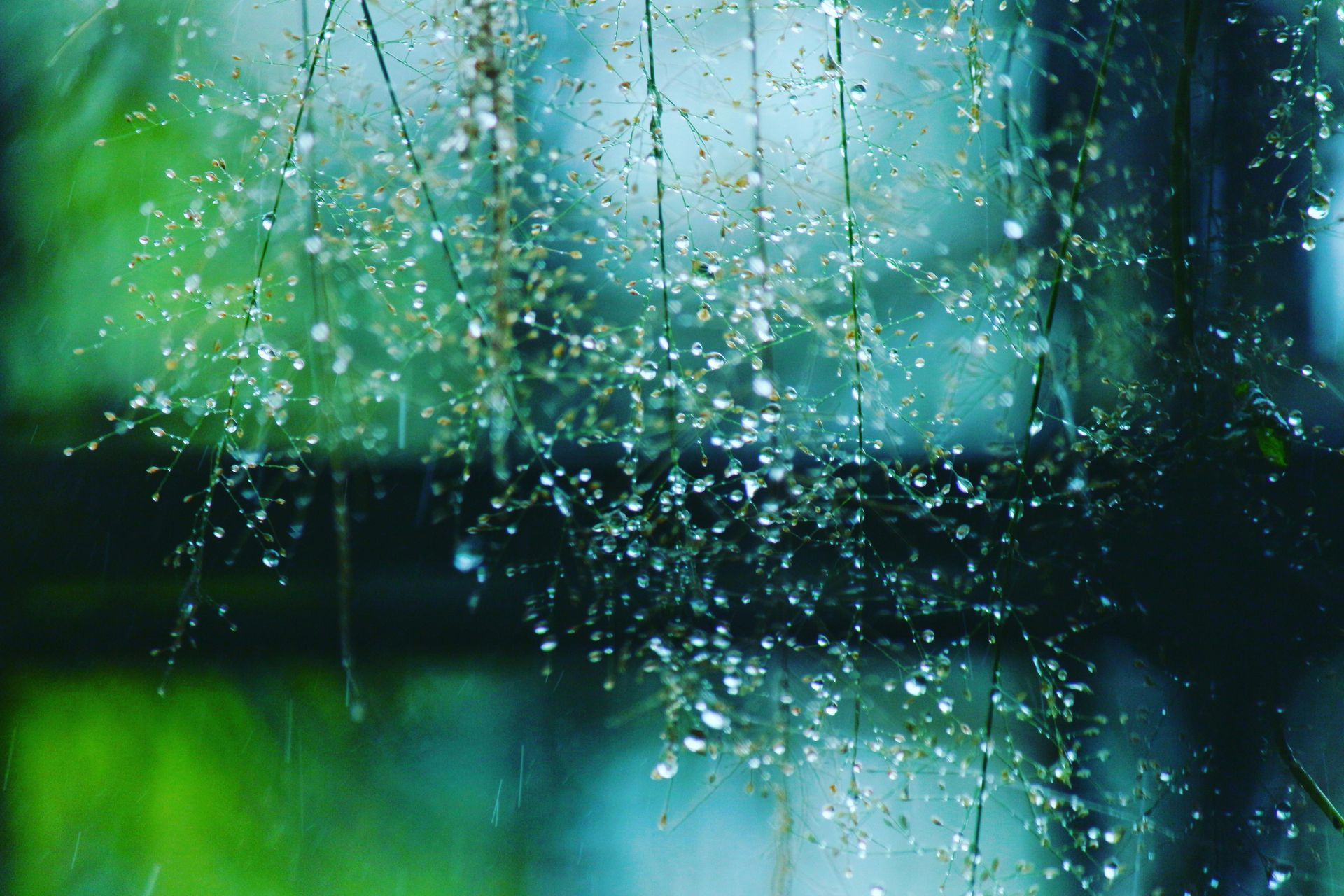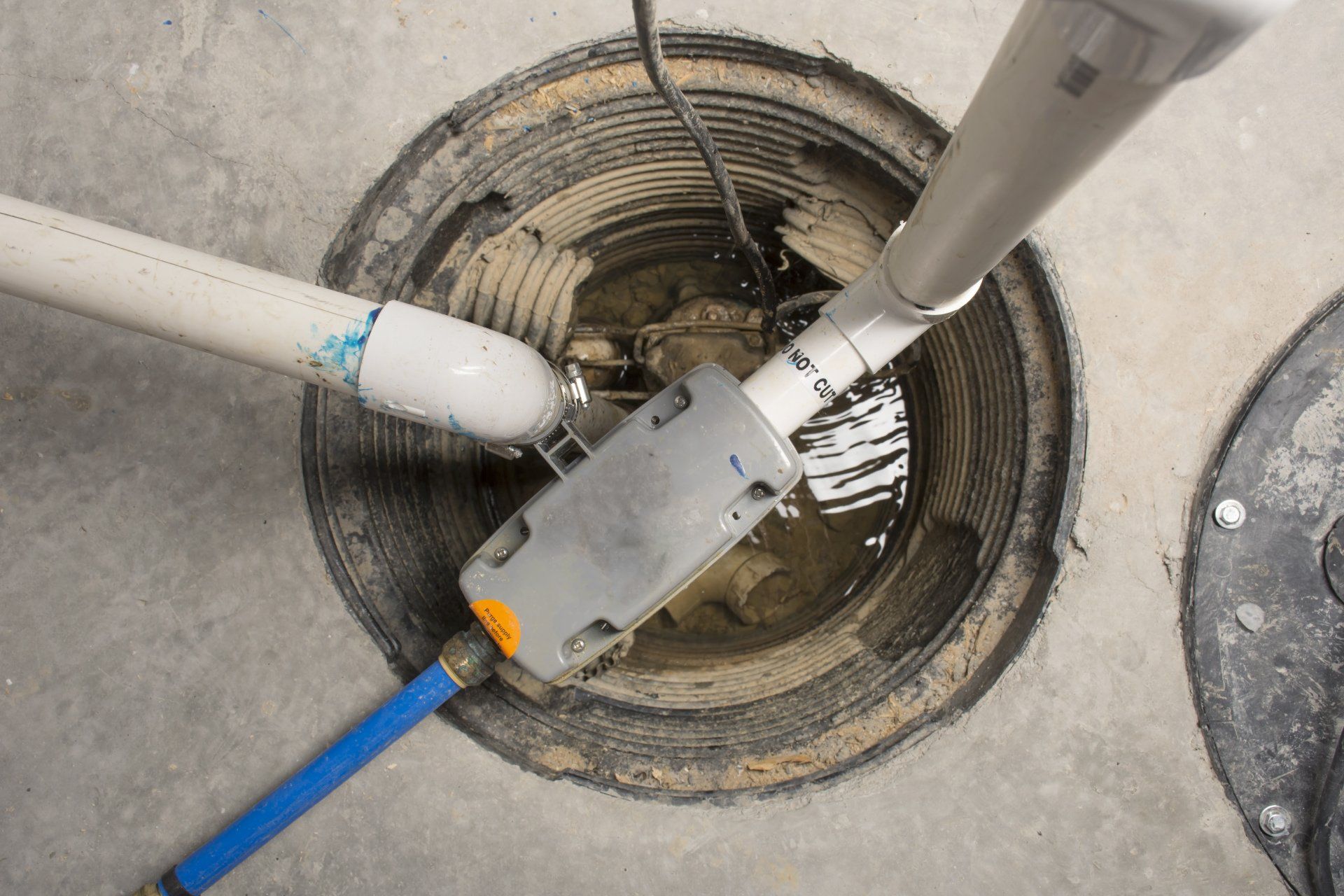Crawlspace Waterproofing: Do I Need It?
Do all crawlspaces need to be waterproofed?
Many homeowners overlook one of Kansas City’s hidden problems: water and moisture inside of a crawlspace. Crawlspace waterproofing is a smart solution to this problem. But still, many homeowners ask, "Is it really necessary?"
The answer is yes! Waterproofing your crawl spaces is not a luxury but an essential part of ensuring good protection of your property and increasing its value. Also, it adds more safety for your family members.
This guide will help you identify the actual facts when you need to waterproof your crawl space and why it is worth considering.
Do I Need Crawlspace Waterproofing?
This is one of the most frequently asked questions to foundation repair companies. Yes, you need to waterproof your crawl space and must do so if you live in a humid area.
A crawlspace is likely an unused area within your home that sits above the ground, typically three to four feet high. Consequently, it is common for groundwater to seep through the walls or floor.
Besides, a clogged sewage line, defective sump pump, or even a burst water line can cause water build-up there.
However, if you ignore it, like with any other home improvement concern, the cost will increase. The water damage can get worse and cause many more major problems in your house, as well as raise the price of repairs. Waterproofing the crawlspace provides an airtight vapor barrier in this instance that blocks the moisture from entering your crawlspace.
Signs When You Need Waterproofing Your Crawl Space
If you see the following signs, don’t be late to waterproof your crawl spaces.
- Visible water puddles
- Mold or mildew growth
- Water stains on walls
- Musty odor
- Peeling paint
- Rust on metal surfaces
- Deteriorating insulation
- High indoor humidity
- Floor rot & rust
- Pest infestation
RELATED: Have you considered an EZ Breathe Ventilation System? We can install it!
What Are the Advantages of Waterproofing Your Crawl Space?
Let’s have a look at why a proper waterproofing crawl space is a worthwhile investment. It's imperative to have a reputable waterproofing or foundation repair company perform the waterproofing.
1. Protects Structural Integrity
Water seeping through the walls and basement causes constant pressure and uneven stress to your foundation. This strain eventually finds its way into the rest of your house and affects the structural integrity of your building. A waterproof crawl space prevents water seeping and protects against significant structural damage.
2. Maximum Storage Space
A waterproofed crawl space ensures a dry and clean area where you can store your large items like holiday decorations, tools, sports equipment, and gardening supplies that you don’t use often.
It would likely be a cost-effective alternative to a full basement. The best part is that up to 85% of buyers look for a larger storage space when buying a new home.
3. Improved Air Quality
Moisture in a crawlspace is quite vulnerable to mold and mildew growth. These organisms are common to release harmful spores into the air, which causes problems in humans’ normal inhalation. Waterproofing these areas prevents moisture buildup, which reduces these unwanted guests and the subsequent release of spores.
4. Reduced Unwanted Critters
Moisture is a major attractant for many pests like termites, ants, and rodents. Water seeping through the crawlspace makes a hospitable area for these critters. Only by waterproofing the space can you prevent water standing, reduce these critters, and ensure a healthy environment.
5. Boosts Property Value
Waterproofing a crawl space is a significant upgrade in a home that can even increase the property value as well. Buyers always want to have a trouble-free space when they are buying a home.
If they find it dry, clean, and free from pest infestation, they are more likely to make an offer quickly and at a better price.
6. Reduced Energy Costs
A lot of air on your first floor comes from the crawl space, especially the humid air. A waterproof crawl space is a moisture barrier that prevents this air from being exchanged in your living area and blocks humidity. This balances out temperature regulation and reduces the workload on your home’s A/C or heating system. You can save up to 25 to 30% on your monthly utility bills.
7. Increased Electricity Safety
Moisture in the crawlspace degrades the insulation and corrodes the internal wiring system. This increases the risk of electrical shorts and fires. Waterproofing the space keeps the area fresh and dry and protects your electrical wiring and components from moisture damage.
Features of Crawlspace Waterproofing Solutions
Here is a glimpse at what will be included in your crawlspace waterproofing:
- Vapor Barriers
You will get a vapor barrier that provides thick plastic encapsulation for your crawlspace. This keeps moisture out of your home and reduces water damage. Also, you can control the presence of mold, as already mentioned.
- Sump Pumps
Basements or crawl spaces are much more critical for preventing water seeping. That’s why the specialists at PierMagic always recommend a pit at the lowest part of your crawlspace. This will efficiently pump out excess water and prevent flooding.
- Drainage Systems
There should be a well-draining system in the crawlspace if the water stays there. For instance, some pipes or channels are installed around the crawlspace to direct water away from your foundation and also prevent water from pooling.
- Dehumidifiers
A dehumidifier is often recommended to control moisture levels and prevent condensation for proper ventilation. It automatically maintains the humidity level and protects insulation and wood from rotting. You will enjoy a fresher and dry environment that is free of mold and mildew.
How to Waterproof Your Crawl Space Properly?
Waterproofing your crawl space requires precise attention and practical steps. Check out the following steps to waterproof your crawl space suggested by experts from PierMagic:
Step 1: Inspect Your Crawl Area
First, inspect your complete crawlspace for any damage. Repair any leaks and address grading or drainage issues. Get rid of pest infestation and mold growth before waterproofing the space.
Step 2: Go for a Thorough Cleaning
When the repairs are done, now clean the area properly. Remove dirt and other materials from the space. Also, remove any damaged barriers if present. Your area should be neater and cleaner.
Step 3: Seal the Vents
Now, it’s time to seal all vents to the crawlspace. Seal off any gaps to prevent moisture buildup. For instance, hydraulic cement and vent covers are often used to ensure the area is air-sealed.
Step 4: Install the New Moisture Barrier
This is the time to start the actual work. Install the barrier sheet all around your crawlspace, making sure it is well-fitted. Use waterproof tape to properly tape the sheet against the walls.
Step 5: Dry the Barrier Sheet
The final step is to dry the sheet that you have installed. It typically takes up to 12 to 24 hours using a dehumidifier.
Regardless of how often you use your home’s crawl space, it's an integral part of your home. Proper crawl space waterproofing can protect your entire house from significant water damage.
It’s also a big money-saving upgrade for your home. It’s best to seek professional help to make your investment more worthwhile. You can contact our specialists at
Piermagic. Our experts have years of experience and can guide you to ensure your home is well-protected.
Contact Us
We will get back to you as soon as possible.
Please try again later.
Address
PierMagic Foundation Specialists
932 Locust Hill Circle
Belton, MO 64012
Serving: Grandview, Lee's Summit, Blue Springs, Leawood, Overland Park, Olathe, Raymore, Belton, Independence, Oak Grove, Liberty, Parkville, Butler, Columbia, Harrisonville, Peculiar, Pleasant Hill, and the greater Kansas City area
All Rights Reserved | PierMagic Foundation Specialists




